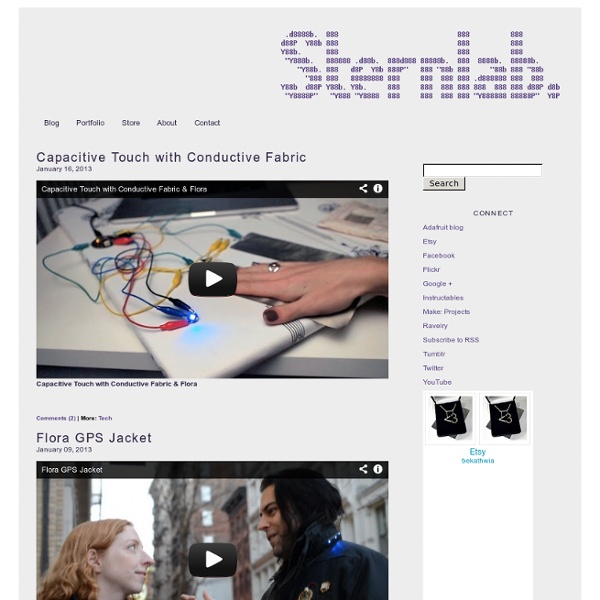



The iPhone Inspired DIY Kitchen Touch Screen Project The Scope For years my wife has been on at me to put a computer into the kitchen where she can manage her recipes, shopping lists, to do lists and access the internet for looking up various things. After looking at a couple of pretty basic and well overpriced commercial units we decided to have a crack at doing this ourselves. Her requirements: - must be discrete and look like a digital picture frame when not being used.- must be touchscreen.- must have internet access.- must be easy to use and not crash often (she's used to windows vista) - must have barcode scanner for managing her kitchen database.- the wires and techo stuff must be hidden and out of sight.- should be able to view what's on the lounge TV in the kitchen. Touch Screen Monitor First thing on the list was to locate a reasonable priced touch screen monitor. The connections are very simple, 1 x 12vDC power feed, 1 x USB for driving the touch screen and a VGA and DVI sockets for connecting to a video feed.
Point cloud Download Meshlab ( or use some other software to manage 3D point clouds. Import your *.asc file, simple by drag and drop method. Uncheck triangulation and hit OK. You will get see cloud points of scanned object! Success! I cannot do almost anything more in Meshlab, because it is crashing a lot. Isn't it lovely? Edit: 4. december 2012: I was pretty sure i've attached output file to this step. D-Light: Visible Light Communication A new project at the University of Edinburgh will enable light bulbs to be turned into high-speed short range communications devices. The ground breaking D-light project has received the go-ahead via Proof of Concept funding from Scottish Enterprise. The project will prove the commercial viability of the technology developed at the University and aims to create a spin out company to develop the technology for exploitation in international markets. Background Conventional lighting using incandescent and fluorescent lamps are certain to be replaced by high efficiency LED lighting due to the benefits of low power, long-life, inherent safety and small integrated packaging. It has long been known that light can be used for communications. The Problem Being Solved Given that many of us now have WiFi in the home, what benefit will this be? Consider another example. Overall there are huge environmental benefits from this technology in addition to the commercial and technical advantages.
3D Printed Speaker Enclosures (With Lights!) This project was a demonstration of the potential of 3D printers to create high-fidelity, finished products. We wanted to create something that could only be created by means of additive manufacturing. The ultimate goal was to create a functional, consumer-ready piece that took advantage of the strengths of 3D printing. This project was also an exploration in the role of digital design tools in the 3D printing world, and how we could combine digital tools in new ways to create unique objects. Here is a quick video that captures our motivations for doing this project: The project was recently featured by Wired.com Check out the full article: Design Team:Maurice Conti - Concept and DesignEvan Atherton - Design and EngineeringArthur Harsuvanakit - Technical Consultant In this Instructable, I will try to share the process of making these one-of-a-kind speakers. *Note: for this project, we used an off-the-shelf speaker driver.
Startups, This Is How Design Works – by Wells Riley